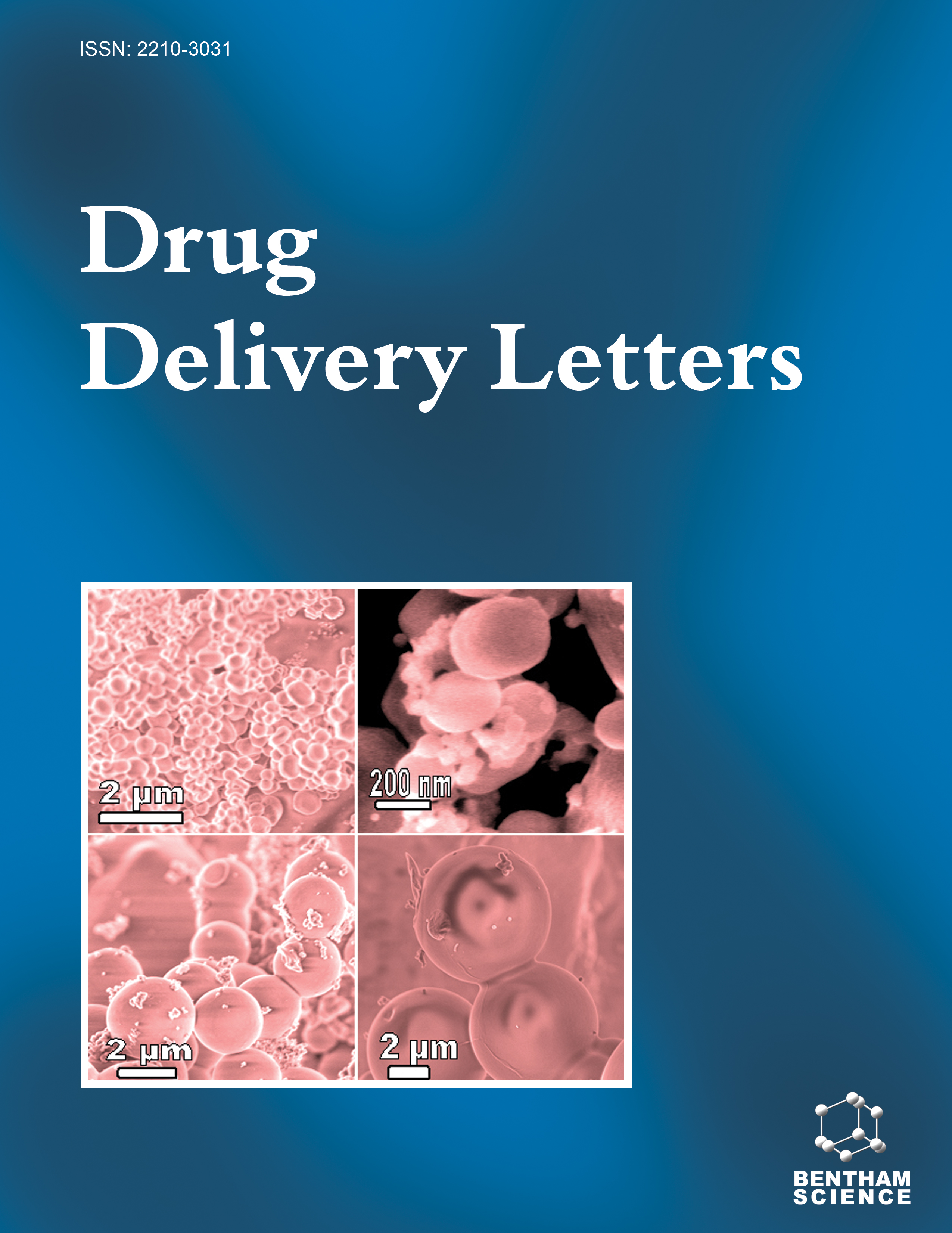-
s Novel Technology to Improve Drug Loading in Polymeric Nanofibers
- Source: Drug Delivery Letters, Volume 4, Issue 1, Apr 2014, p. 79 - 86
-
- 01 Apr 2014
- Previous Article
- Table of Contents
- Next Article
Abstract
The objective of the present study is to elaborate a new approach for drug loading into electrospun nanofibers through active loading based on non-solvent evaporation technique. The polymeric nanofibers were achieved by electrospinning method using PCL, PVA and a blend of sodium alginate & PVA as polymeric constituents. Different methods such as passive & active (solvent and non-solvent evaporation methods) techniques were used to prepare drug loaded nanofibers. The resulting nanofibers were characterized for morphology, drug loading, in-vitro release and degree of swelling. Different kinetic models were applied to the in-vitro release profile of different polymeric nanofibers. The prepared nanofibers were found to be uniform, non-beaded and non-woven with fiber diameter ranging from 200-450nm. Entrapment efficiency of metronidazole was increased by 30% when non-solvent evaporation method was used. Moreover the n value obtained from the Peppas model varied between 0.8-0.9 which was further confirmed that the mechanism of drug release was anomalous diffusion which refers to combination of both diffusion and erosion mechanism. The impetus for this development was that the non-solvent evaporation technique can be successfully used for drug loading to polymeric nanofibers.


